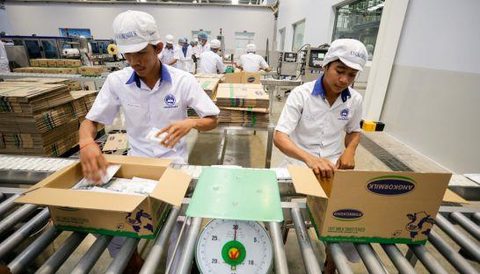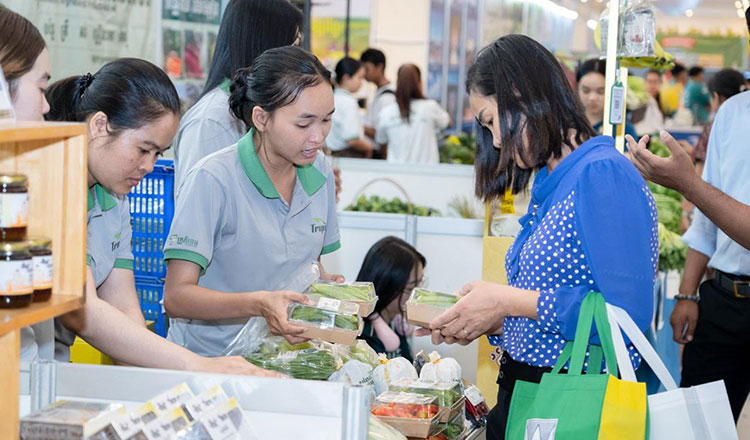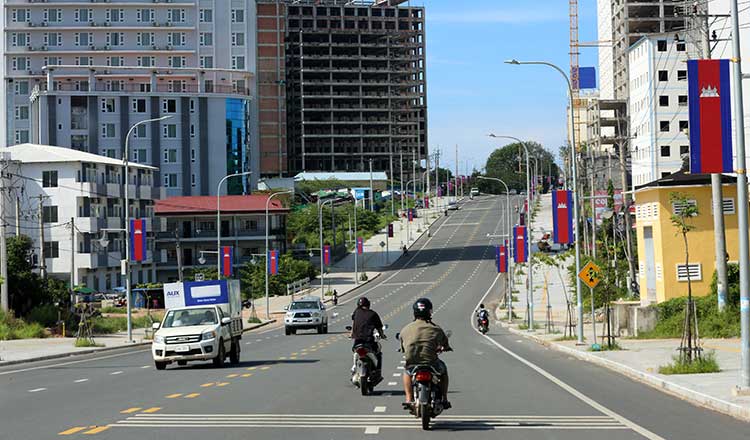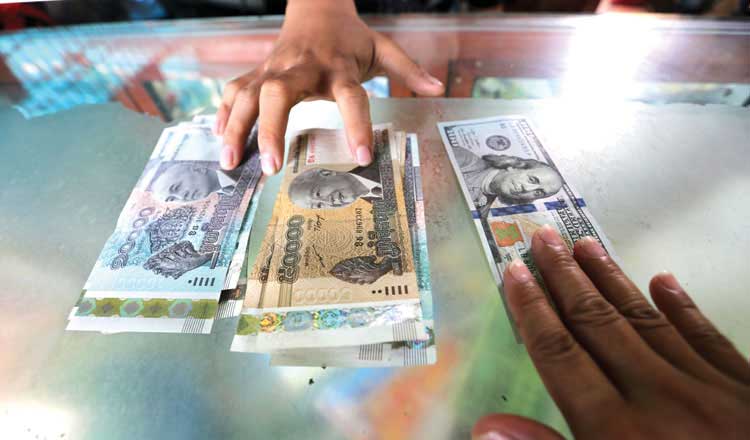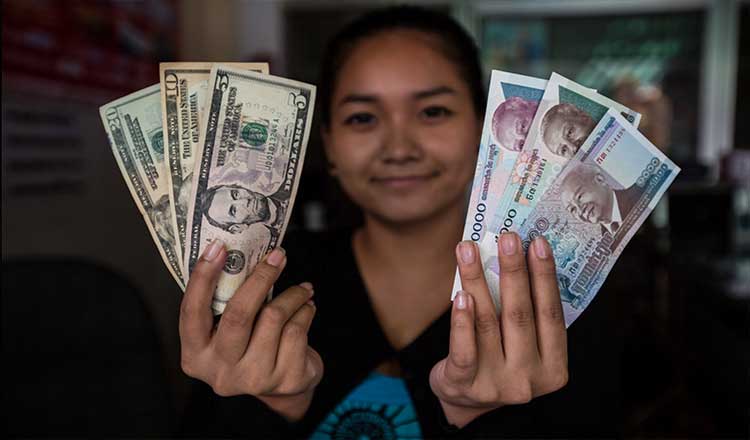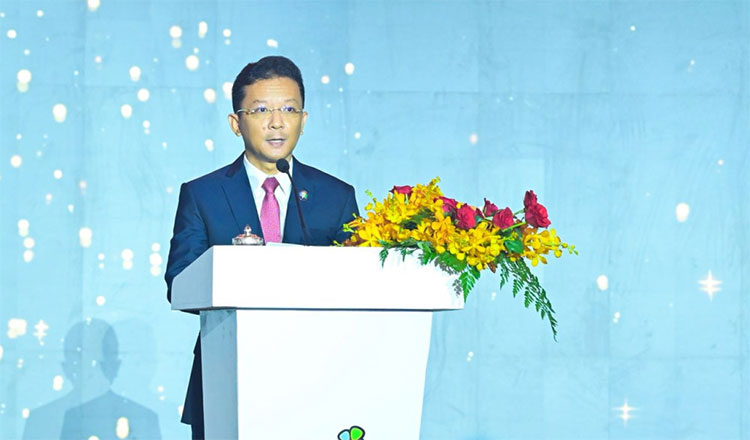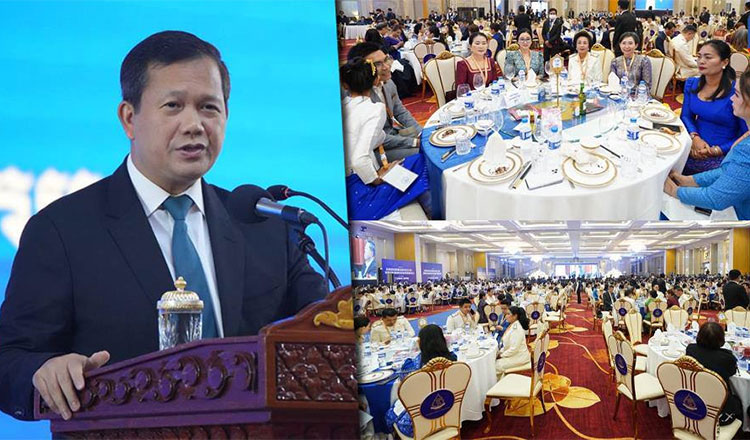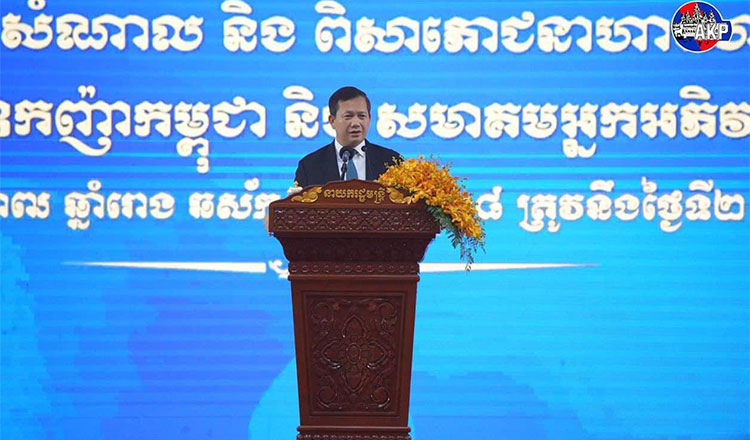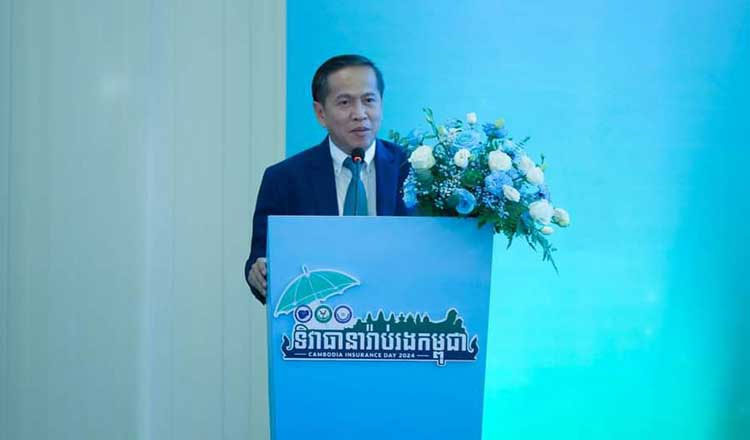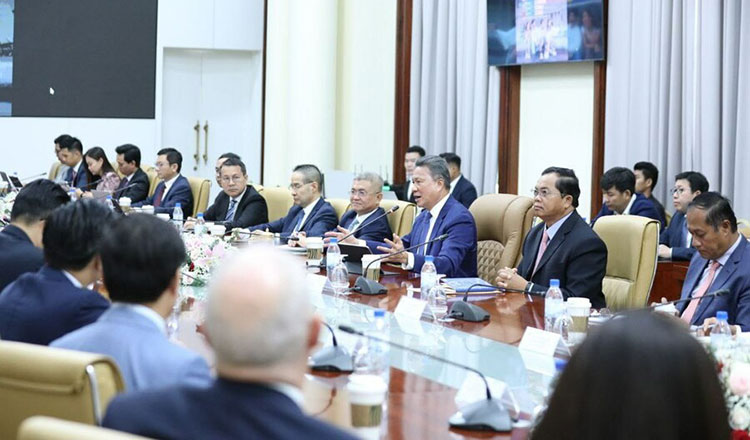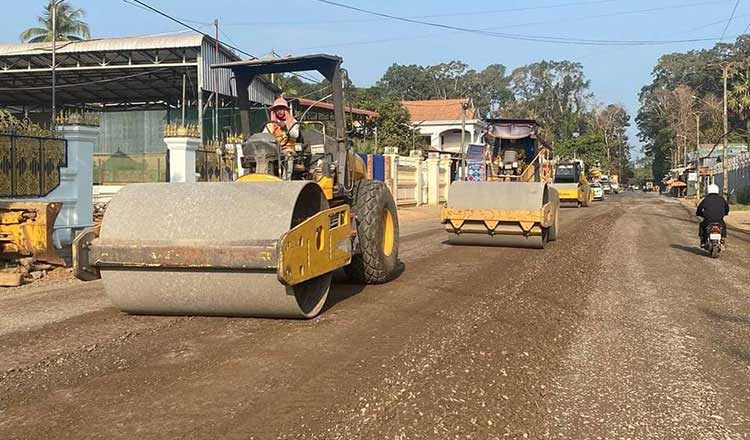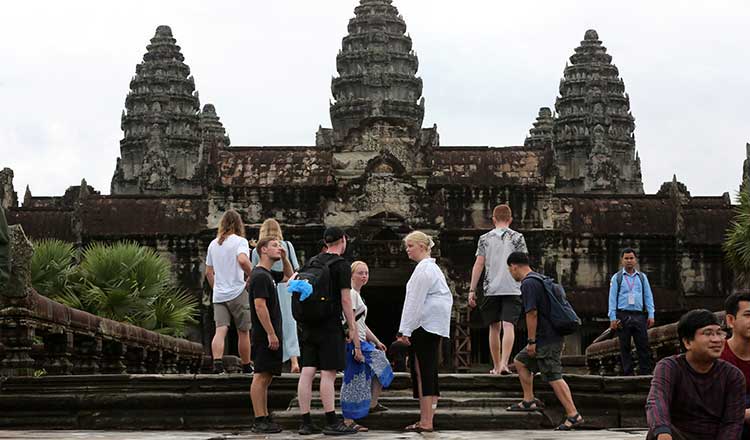Palm tree cultivation offers huge commercial potential
Palm tree cultivation offers huge commercial potential
Minister of Environment Eang Sophalleth has expressed his ambition to promote the cultivation of palm trees throughout Cambodia as a commercial crop, recognising the plant as a symbol of national identity.
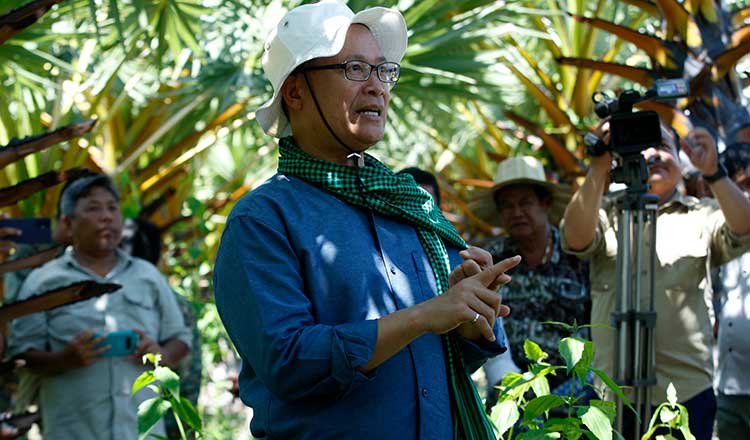
The Ministry plans to distribute at least one million palm seedlings to the public next year.
He aims to develop palm sugar production from a family business to an international trade model, and to accelerate the fruit-bearing age of palm varieties from twelve years to eight years, while also increasing their height.
On Saturday, Sophalleth led Ministry officials on a visit to his palm tree plantation in Kampot province’s Chum Kiri district, where tens of thousands of palm trees have been planted in an organised manner.
“I am currently studying for my doctoral dissertation on this palm tree. First, I want to transform palm tree cultivation from a family business to an international business venture. Second, I want to conduct detailed research on this palm tree to reduce the time to fruit-bearing from twelve years to eight years, and to decrease their height from 20 or 30 metres to five or six metres. This is my primary goal.”
During the visit, Sophalleth said that the Department of Environment in Phnom Penh, along with 24 other provinces, has already prepared nurseries for palm seedlings.
These seedlings will be distributed to the public in the coming years as part of the “Green Sprouts” initiative, which aims to support the government’s goal of making Cambodia carbon neutral with 60% forest cover by 2050.
According to Sophalleth, his plantation currently has over 50,000 palm trees, which are five years old. Additionally, his nursery has 200,000 seeds being planted, with the goal of 700,000 seeds to become palm seedlings for distribution next year.
“Next year, our nurseries can provide 500,000 palm seedlings for public distribution, while the Department of Environment across the capital and provinces will promote planting an additional 500,000 palm trees,” he said.
“There are now palm nurseries in all capital and provincial departments, including here, which is the largest, to promote the planting of one million palm trees next year to enhance forest cover and provide economic and commercial benefits in the future.”
He added that the joint initiative to plant more palm trees is not only to maintain national identity but also to promote and transform palm trees into commercial crops.
“In the past, our palm trees were scattered and could not be harvested as commercial crops,” he said. “That is why I believe they should be promoted as commercial crops, from extracting juice to produce sugar and other beverages, to using their trunks at the age of twenty and older for furniture and other materials.”
He added that with new techniques and proper care, trees as young as twelve years old or younger can be harvested.
Sophalleth encouraged people to plant this national tree to promote the value of Khmer culture and its deep connection to Khmer civilisation.
The palm tree was designated as one of Cambodia’s “National Symbols” on March 21, 2005. Palm trees offer numerous benefits to Cambodians, including providing green cover and resources for daily life, such as palm juice and palm sugar.
Palm leaves are used for roofing Khmer houses and the wood for building boats and houses.
He also shared techniques for planting palm trees, emphasising the modern method of planting in rows with a spacing of 4.5 metres between trees and 5 metres between rows.
This method facilitates easier harvesting and can help people generate income. Additionally, palm plantations can attract both national and international tourists, showcasing the beauty of planting and the lifestyle of the people, which is intertwined with long-standing national cultural traditions.


